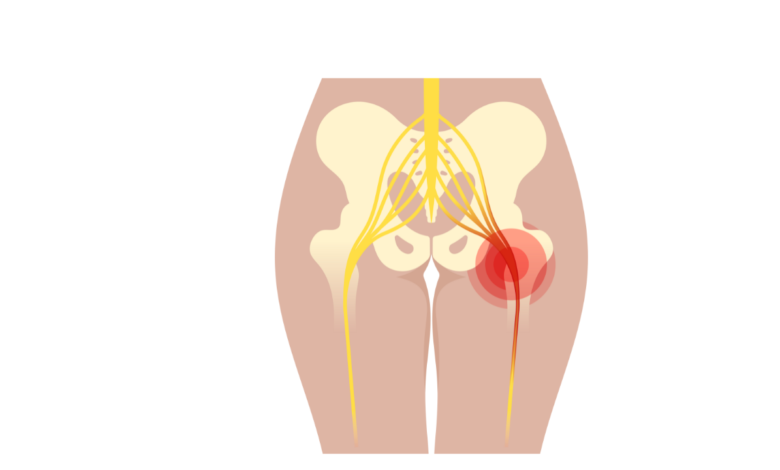Pelvic Floor Dysfunction: A condition affecting the muscles and nerves that support the pelvic organs.
Pelvic Floor Health: Everything You Need to Know About Dysfunction

What is Pelvic Floor Dysfunction ?
Pelvic floor dysfunction (PFD) refers to a range of conditions affecting the muscles, nerves, and tissues that support the pelvic organs. These organs include the bladder, uterus, and rectum. PFD can lead to various symptoms, including urinary incontinence, fecal incontinence, and pelvic pain.
what are the symptoms of Pelvic Floor Dysfunction ?
Common symptoms of PFD include:
· Urinary incontinence: Inability to control the bladder, leading to leakage of urine.
· Fecal incontinence: Inability to control the bowels, leading to leakage of stool.
· Pelvic pain: Pain in the pelvic area, often described as a feeling of pressure or heaviness.
· Pelvic organ prolapse: When the pelvic organs sag or bulge downward, causing discomfort or symptoms like urinary or fecal incontinence.
· Sexual dysfunction: Difficulty achieving or maintaining erections in men, or pain or discomfort during sexual intercourse in women.
who can suffer from Pelvic Floor Dysfunction ?
PFD can affect people of all ages and genders. However, it is more common in women, especially those who have given birth or undergone pelvic surgery. Other risk factors include:
- Aging
- Obesity
- Chronic coughing
- Constipation
- Nerve damage
What are the types of Pelvic Floor Dysfunction ?
PFD can be classified into several types, including:
- Urinary incontinence: Stress incontinence, urge incontinence, mixed incontinence, and overflow incontinence.
- Fecal incontinence: Encopresis, fecal urgency, and passive leakage.
- Pelvic organ prolapse: Cystocele, rectocele, and enterocele.
- Pelvic pain: Chronic pelvic pain syndrome.
Which diagnostic tests are available for Pelvic Floor Dysfunction
To diagnose PFD, your doctor may perform a physical examination, including a pelvic exam. Additional tests may include:
- Urodynamic tests: To measure bladder function and identify the type of incontinence.
- Cystoscopy: To examine the inside of the bladder.
- Anorectal manometry: To assess the function of the rectum and anal sphincter.
What is the treatment of Pelvic Floor Dysfunction?
The treatment for PFD depends on the underlying cause and the specific symptoms. It may include:
- Lifestyle changes: Weight loss, pelvic floor exercises, bladder training, and dietary adjustments.
- Medications: To treat underlying conditions or symptoms, such as urinary incontinence or pelvic pain.
- Pelvic floor physical therapy: To strengthen and coordinate the pelvic floor muscles.
- Surgery: In severe cases, surgery may be necessary to repair pelvic organs or address underlying conditions.
Which diet I should take, if any ?
While there is no specific diet for PFD, maintaining a healthy weight and avoiding constipation can help manage symptoms. Consuming adequate fiber and staying hydrated can also be beneficial.
Which speciality of the doctor will treat Pelvic Floor Dysfunction ?
Pelvic floor dysfunction is typically treated by a gynecologist or urologist. In some cases, a physical therapist specializing in pelvic floor rehabilitation may also be involved.
Is Pelvic Floor Dysfunction completely curable ?
The outcome of PFD depends on the underlying cause and the severity of the condition. While it may not be completely curable, many people with PFD can improve their symptoms and quality of life through appropriate treatment and lifestyle modifications.





